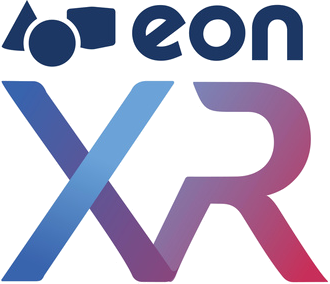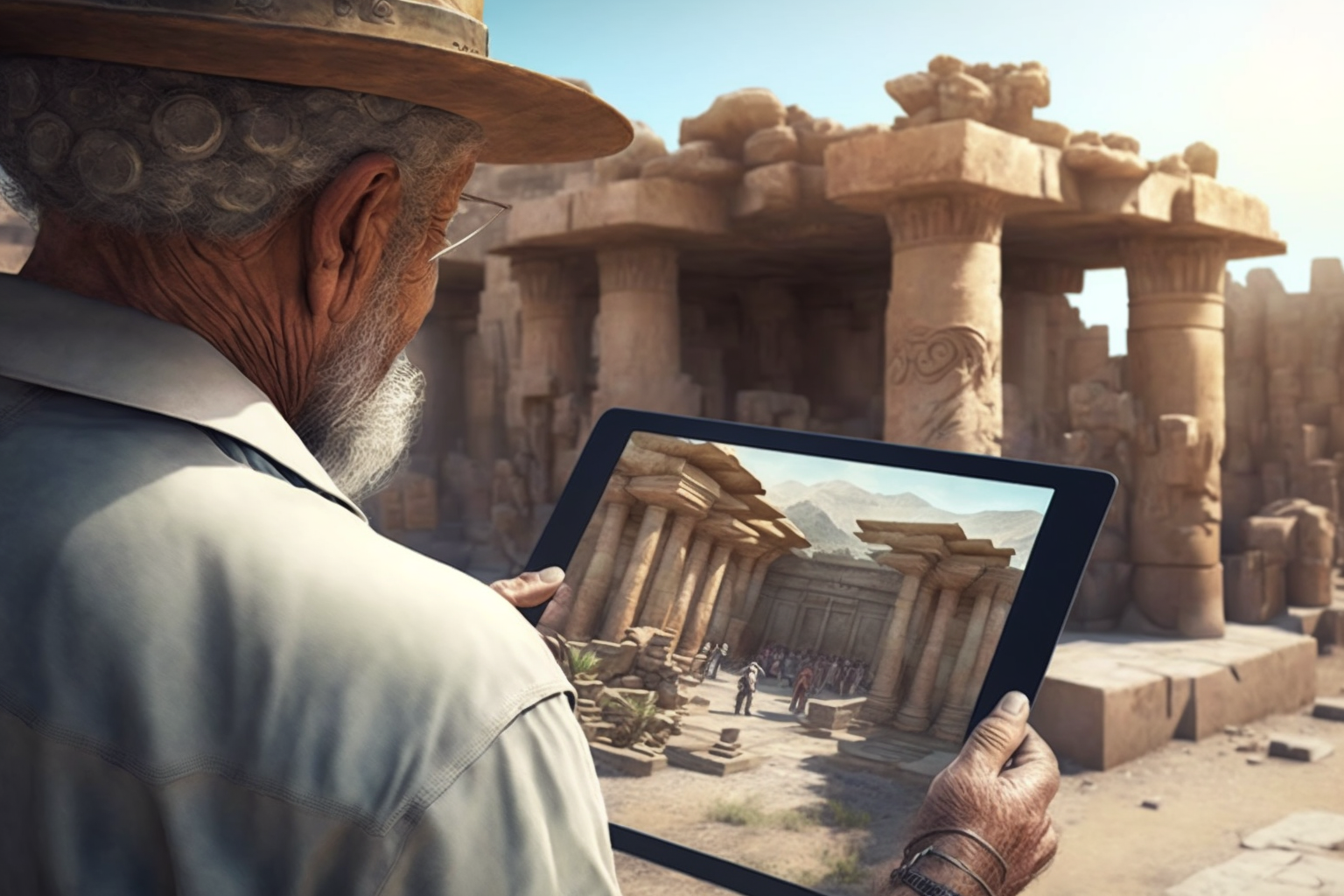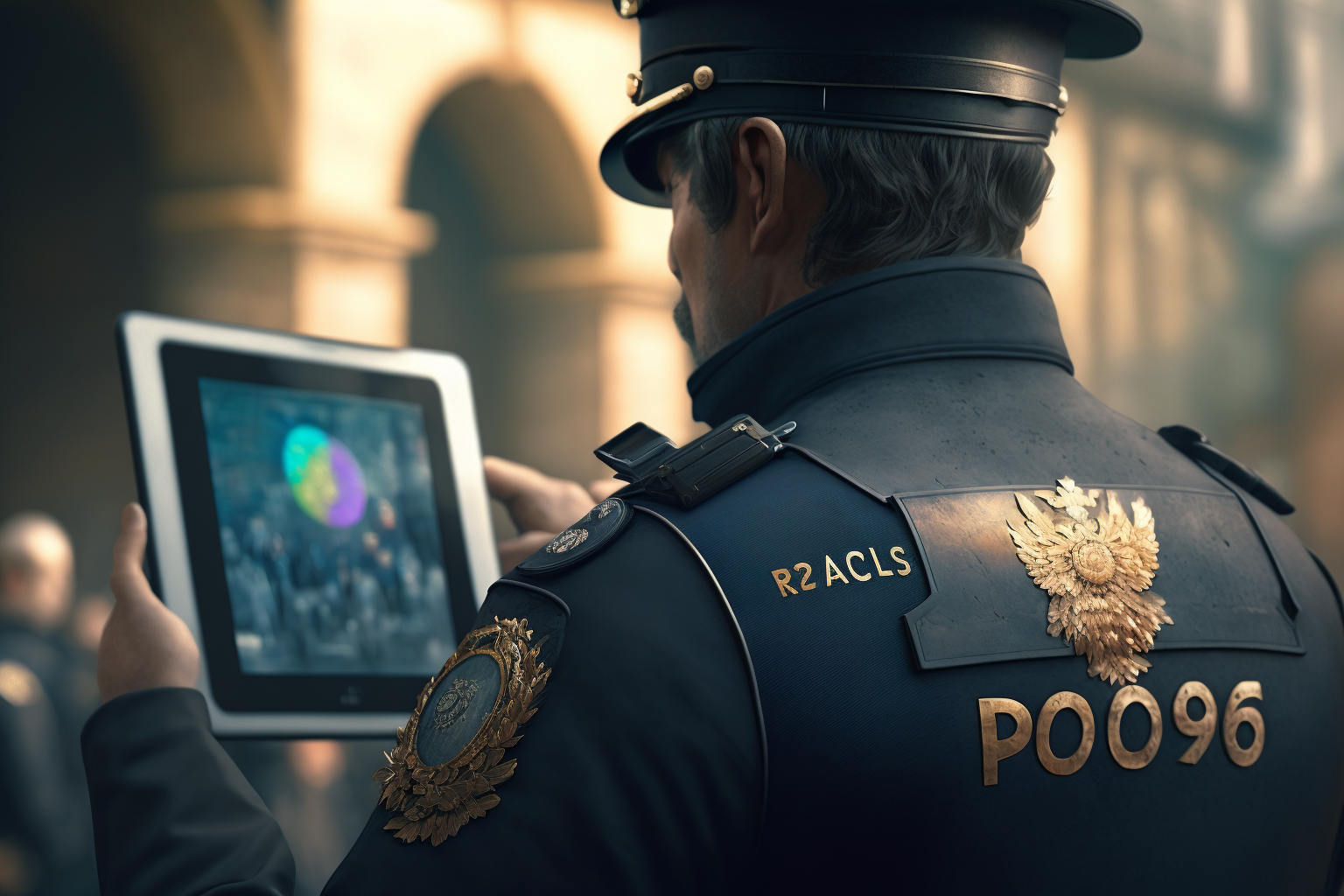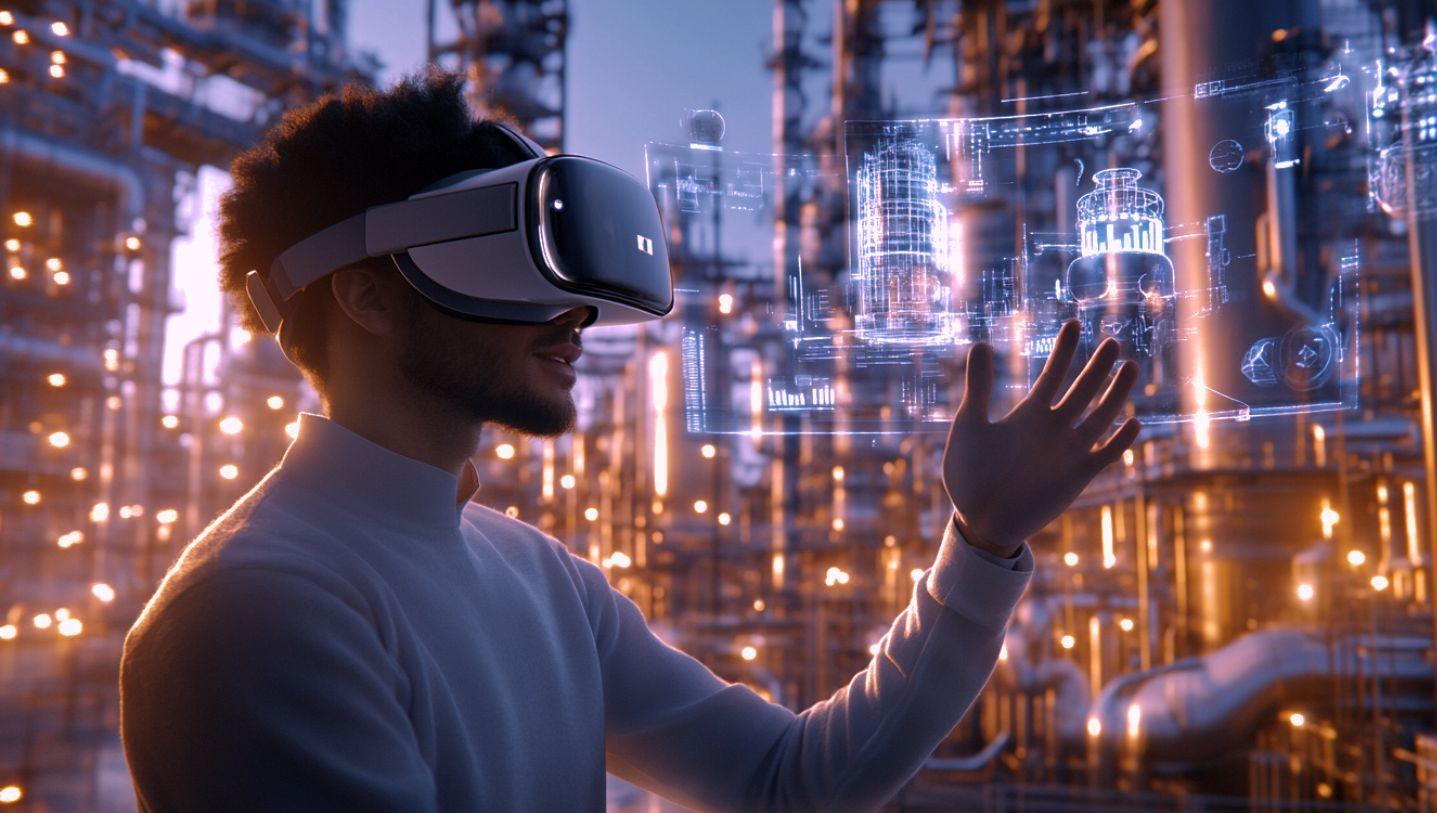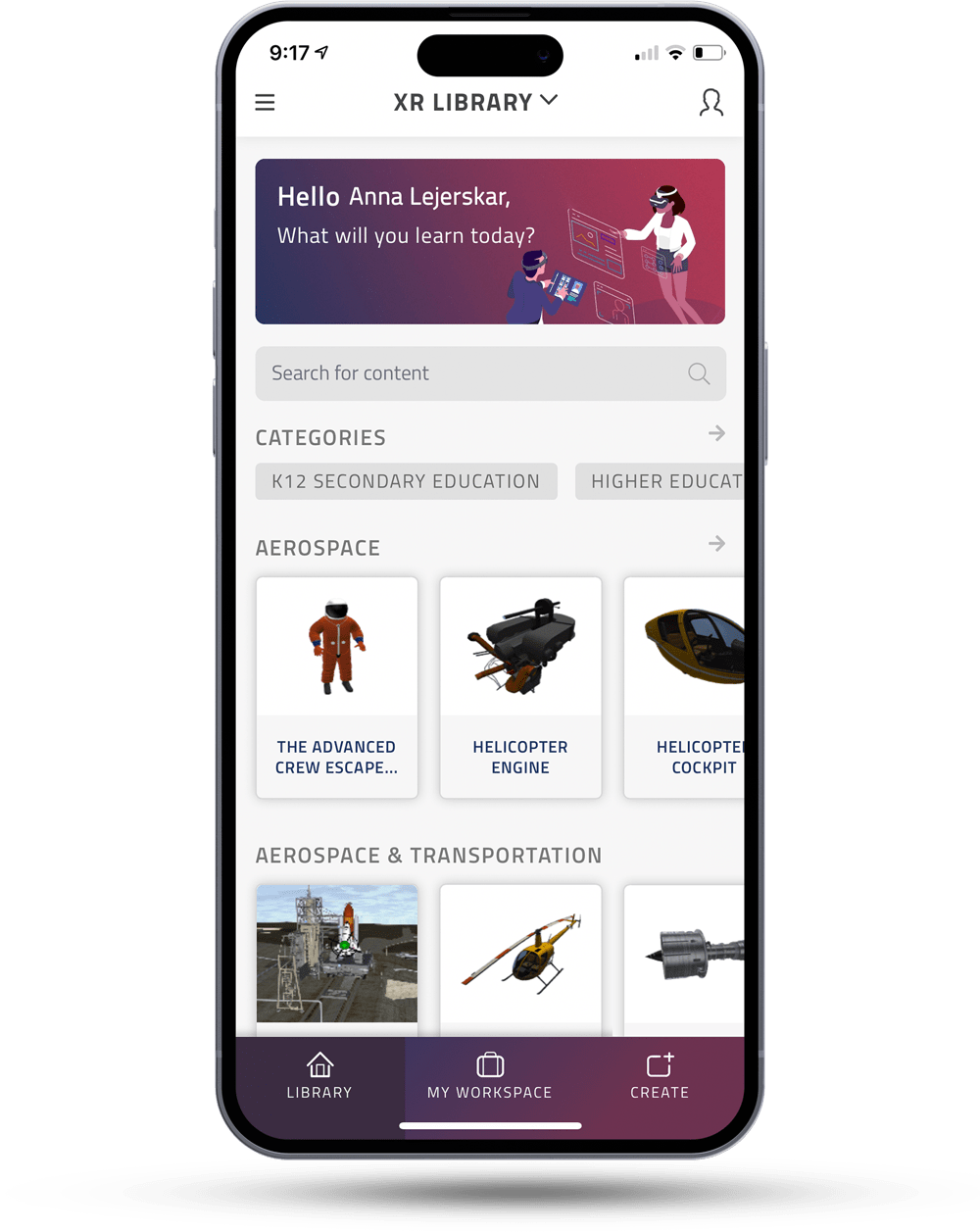Latest forecasts support optimism about augmented reality (AR) and virtual reality (VR) growing to a value of more than $44.7 billion worldwide by 2024.
The UK is a key driver for these sectors within Europe, which is forecast to hold a 25% share of the global market behind only the US and the Asia-Pacific region. The innovative nature of British enterprises is critical as the technologies seek new use cases outside of the gaming industry.
AR, which inserts digital objects into the real world, has exploded in popularity due to its use in social media platforms and massive companies such as Googleand Amazon now using it to improve customer experience. However, the true peak of commercial AR likely won’t come until it’s fully adopted and integrated for successful use in fields like interior design and medical training — a goal that EON Reality’s EON-XR Platform wants to make a reality.
Discover EON-XR
Training Potential
Enterprises are making greater use of VR in training their teams, with practitioners saying the benefits include better staff retention, the ability to simulate real-world situations, and cost-savings.
As the quality of head-mounted displays (HMDs) and VR goggles improves, innovators predict that the technology will move beyond training. In healthcare, for example, AR is likely to play a role in surgery and patient care management.
The ability of VR to allow designers to walk inside structures before they are built helps reduce errors and costs. Importantly, these tools are being used by retailers and other marketers to clinch sales by helping the customer to visualise what to expect.
Supporting Innovation
While experienced observers know that the sky-high market size forecasts keep on getting kicked down the road, investment in innovation remains strong. For example, the UK’s government-supported Digital Catapult has opened its third accelerator program targeted at early-stage AR and VR start-ups.
Immersive technologies increasingly display massive untapped potential for business applications from product design to hazardous conditions training, across many different industrial sectors.But Silver isn’t alone, as many technology investors believe the number of successful commercial applications of AR and VR is reaching a tipping point.
Benedict Evans, for example, says that touchscreen technology made the smartphone revolution possible. It first appeared as an interesting concept in research labs before being demonstrated to the public. Not long after, the first viable products appeared and the market exploded. He sees VR and AR following the same trajectory, which is the type of analysis that makes the growth of AR business opportunities and VR opportunities so exciting.https://eonreality.com/wp-content/uploads/2019/01/Ch6_multi.jpgInvestor Pisu Uzamere wrote in The Information that while people expect VR to change the world of entertainment, it will be business applications that will lead the way.
He also predicted that the market should look at start-ups that were making amazing tools that just happen to use VR to bring them to life, because enterprises can afford the high-quality VR equipment that will help discover the technology that can be even more cost-effective, leading to price drops and adoption increases. In short, the more that VR and AR tools and hardware circulate, the more that applications will be created for regular use.Discover EON-XR



